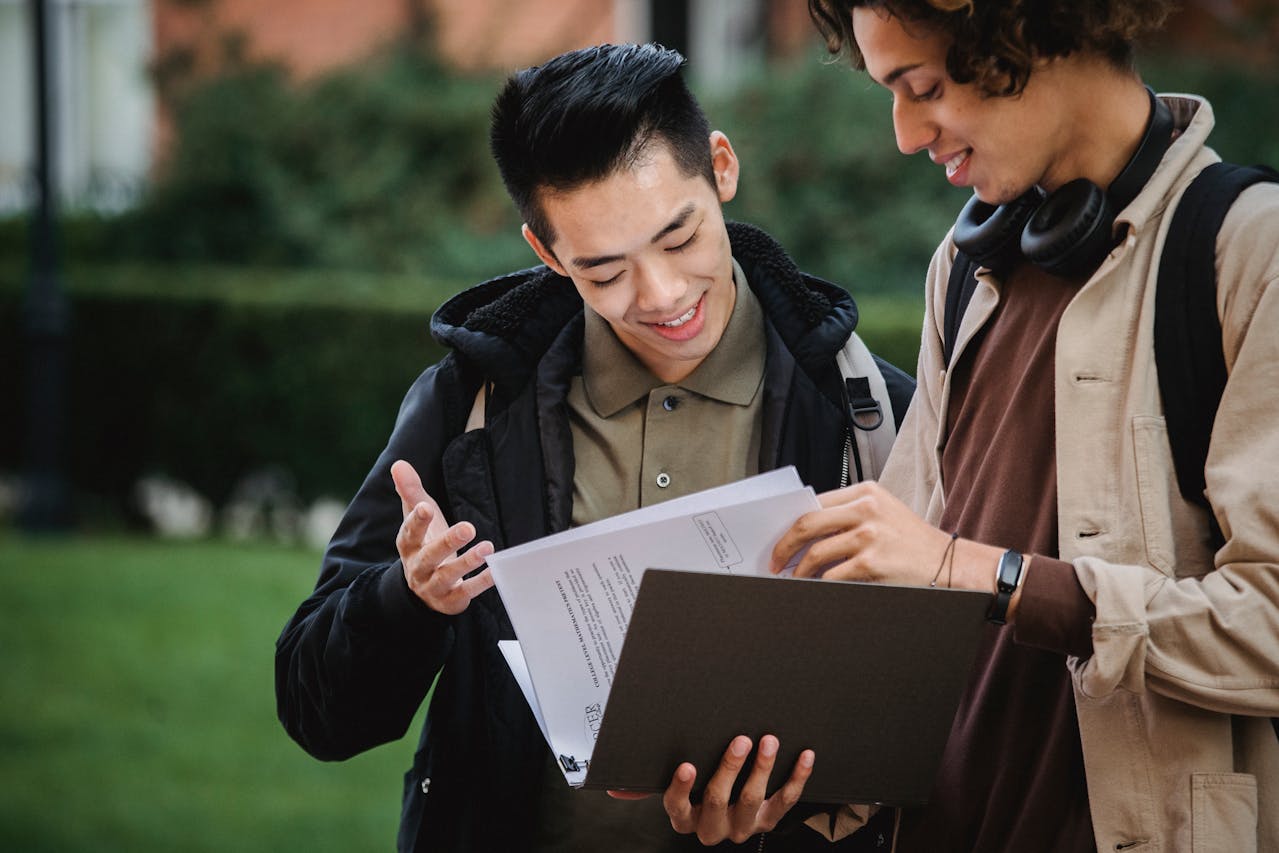A strong connection exists between vision and learning, impacting students’ ability to succeed academically. Good vision is crucial for reading, writing, and engaging in classroom activities. Without clear vision, students may struggle to keep up, leading to frustration and decreased performance. As eye health directly influences educational outcomes, it’s vital for parents, educators, and students themselves to prioritize regular eye exams and proper eye care. This article explores how maintaining optimal eye health supports academic achievement and examines vision correction options like LASIK that can further enhance learning experiences.
The Impact of Vision on Learning
Vision plays a pivotal role in a student’s ability to learn effectively. Approximately 80% of what a child learns in school is through visual processing, making clear vision essential for academic success. Poor vision can lead to difficulties in reading, writing, and focusing on classroom materials, which can result in lower grades, decreased confidence, and a lack of interest in school activities.
Children with uncorrected vision problems may also experience headaches, eye strain, and fatigue, all of which can further hinder their ability to concentrate and perform well academically. Regular eye exams can help identify and address these issues early on, ensuring that students have the visual clarity they need to excel in their studies. According to the National Center for Biotechnology Information (NCBI), early detection and correction of vision problems can significantly improve a child’s academic performance .
Proper vision care, therefore, is not just about eye health—it’s a critical component of a child’s overall educational development.
Vision Correction Options for Students
When it comes to ensuring optimal vision for students, there are several vision correction options available, each catering to different needs and preferences. From eyeglasses to contact lenses and surgical solutions like LASIK, students have multiple avenues to improve their eyesight and, consequently, their academic performance.
Eyeglasses
Eyeglasses are the most common and widely used vision correction tool. They are effective in correcting refractive errors such as nearsightedness, farsightedness, and astigmatism. Modern eyeglasses come in various styles, making them a fashionable choice for students of all ages. They are easy to use, require minimal maintenance, and can be adjusted as a student’s prescription changes.
Contact Lenses
For students who prefer a more discreet option, contact lenses are an excellent alternative to eyeglasses. Contacts provide a wider field of view and are ideal for sports and other physical activities. However, they require careful handling and proper hygiene to avoid eye infections. Contact lenses are available in daily, weekly, or monthly options, depending on the user’s lifestyle and comfort.
LASIK
For older students and adults, LASIK (Laser-Assisted In Situ Keratomileusis) is a popular surgical option that offers long-term vision correction. LASIK is particularly beneficial for those with active lifestyles who may find glasses or contacts cumbersome. The procedure reshapes the cornea to correct refractive errors, often eliminating the need for glasses or contacts altogether. For those considering LASIK in Albuquerque, the Eye Associates of New Mexico is a highly regarded option, offering cutting-edge technology and experienced surgeons. LASIK is generally recommended for those who are at least 18 years old and have had a stable prescription for at least a year.
Each of these options provides a unique solution for students, ensuring they have the clear vision necessary to thrive in their educational journey.
The Role of Regular Eye Exams in Academic Success
Regular eye exams play a crucial role in ensuring academic success by detecting and addressing vision issues that can hinder a student’s ability to learn effectively. Many vision problems, such as nearsightedness, farsightedness, and astigmatism, can go unnoticed, especially in younger students who may not realize they have difficulty seeing. Without proper diagnosis and correction, these issues can lead to struggles in reading, writing, and other visual tasks that are essential for academic performance.
Annual eye exams help in the early detection of vision problems, allowing for timely intervention through corrective lenses or other treatments. In addition to refractive errors, eye exams can also identify more serious conditions like amblyopia (lazy eye), strabismus (crossed eyes), and even early signs of eye diseases that could impact long-term vision if left untreated. By ensuring that a student’s vision is clear and comfortable, regular eye exams contribute to better concentration, comprehension, and overall academic achievement.
Moreover, eye exams are an opportunity to assess and update prescriptions, ensuring that students always have the most accurate vision correction tools available. This is particularly important for growing children, whose vision can change rapidly. For these reasons, integrating regular eye exams into a student’s healthcare routine is a key component of supporting their academic success.
Eye Health Tips for Students
- Take Regular Breaks from Screens
The increasing use of digital devices in education can strain students’ eyes. The 20-20-20 rule is a simple yet effective guideline: every 20 minutes, look at something 20 feet away for at least 20 seconds. This practice helps reduce digital eye strain and keeps the eyes relaxed. - Maintain Proper Lighting
Reading or working in poor lighting can cause eye fatigue. Ensure that study areas are well-lit, with a balance of natural and artificial light. Avoid glare on screens by positioning them at an appropriate angle and distance. - Stay Hydrated and Eat a Balanced Diet
Hydration and nutrition are essential for eye health. Foods rich in vitamins A, C, and E, as well as omega-3 fatty acids, support good vision. Encourage the consumption of leafy greens, fish, and fruits to keep eyes healthy. - Wear Protective Eyewear
If your child participates in sports or activities that pose a risk to the eyes, ensure they wear appropriate protective eyewear. This helps prevent injuries that could impact vision. - Get Regular Eye Exams
Routine eye exams are vital for detecting and correcting vision problems early. Encourage regular visits to an eye care professional to ensure that any issues are addressed before they affect academic performance.
Educators’ Role in Supporting Students’ Eye Health
Educators play a pivotal role in promoting eye health among students, as they are often the first to notice signs of vision problems. By incorporating eye-friendly practices into the classroom, teachers can help reduce the risk of eye strain and related issues.
One effective strategy is to adjust classroom lighting to minimize glare on whiteboards and screens. Teachers can also encourage students to take regular breaks from screens, especially during long sessions of digital learning. Implementing brief, scheduled pauses where students focus on something at a distance can significantly alleviate digital eye strain.
Educators can further support eye health by being observant of students who might be struggling to see clearly. Signs such as frequent squinting, headaches, or difficulty focusing on tasks may indicate a vision problem. In such cases, teachers should communicate with parents and recommend that the student have an eye exam.
Additionally, educators can incorporate lessons on eye health into the curriculum, teaching students about the importance of regular eye exams and proper screen usage. By fostering an environment that prioritizes eye health, teachers can contribute to students’ overall well-being and academic success.
Conclusion
In conclusion, maintaining good eye health is essential for academic success. From regular eye exams to proper classroom practices, both students and educators have vital roles in ensuring that vision issues do not hinder learning. By understanding the connection between vision and education and taking proactive steps to support eye health, we can create a more conducive learning environment where every student has the opportunity to thrive. Prioritizing eye care today is an investment in the academic and personal success of tomorrow’s leaders.

